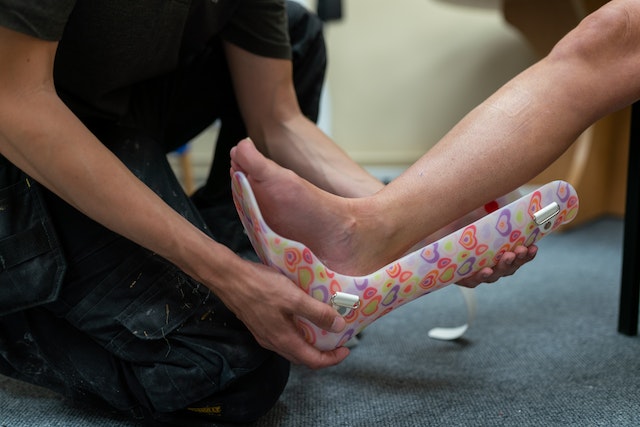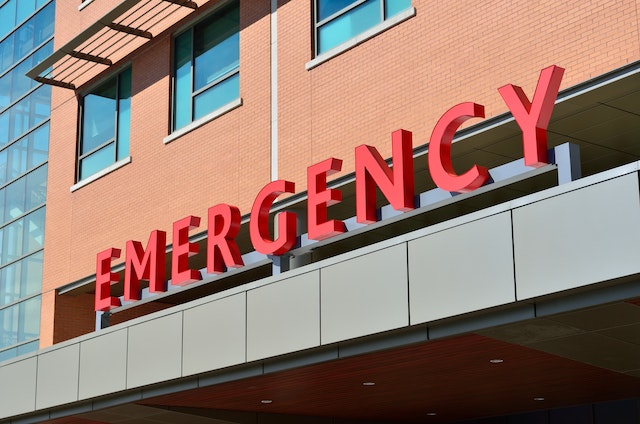Emergency rooms (ERs) play a critical and indispensable role in the healthcare system, serving as the front line of medical care for individuals experiencing urgent and life-threatening situations. These bustling hubs of medical expertise and resources are designed to provide immediate and comprehensive care to patients who require immediate attention, regardless of their condition or ability to pay. Emergency rooms act as the safety net for communities, offering round-the-clock access to highly trained healthcare professionals, advanced diagnostic tools, and life-saving interventions. From trauma cases and acute illnesses to critical injuries and emergencies, emergency rooms serve as the gateway to timely and potentially life-saving medical care, ensuring that patients receive the immediate attention they need in their most vulnerable moments.

During the summer months in the United States, emergency rooms tend to see an increase in patient visits due to various reasons. Pew Research states that close to 45,000 people visit U.S. hospital emergency rooms for treatment of injuries each day on July 4 and 5 which are the highest daily numbers in the entire year.
Some common reasons people visit emergency rooms during the summer include:
Heat-Related Illnesses: The hot weather can lead to heat-related illnesses such as heat exhaustion and heatstroke. Symptoms may include dehydration, dizziness, nausea, rapid heartbeat, and altered mental status, which may require immediate medical attention.
Trauma from Outdoor Activities: Outdoor recreational activities like hiking, camping, and rock climbing can lead to injuries such as fractures, sprains, cuts, and wounds. Emergency care may be necessary for evaluation, wound management, and potential surgical interventions. This means an increase in imaging procedures like x-rays.

Accidents and Injuries: Summer activities and outdoor sports can result in an uptick in accidents and injuries. This includes injuries from water-related activities, such as swimming accidents, diving accidents, near-drownings, and boating accidents, as well as bicycle accidents, falls, and recreational sports injuries.
Allergic Reactions: Summertime brings increased exposure to allergens like pollen, insect bites, and stings. Some individuals may experience severe allergic reactions, such as anaphylaxis, requiring emergency medical care.
Respiratory Issues: People with respiratory conditions, such as asthma and chronic obstructive pulmonary disease (COPD), may experience exacerbations during the summer due to factors like poor air quality, increased pollen, and higher levels of pollution. These exacerbations can lead to respiratory distress and necessitate emergency care.
Outdoor and Recreational Injuries: With warmer weather, people engage in various outdoor activities, including hiking, biking, swimming, and team sports. These activities can result in injuries such as fractures, sprains, strains, dislocations, and head injuries.
Foodborne Illnesses: Barbecues, picnics, and outdoor gatherings increase the risk of foodborne illnesses due to improper food handling and storage. Severe cases of food poisoning can lead to dehydration and require medical evaluation and treatment.

Sunburn and Sun-Related Injuries: Prolonged sun exposure without proper protection can result in sunburn, sun poisoning, and related skin injuries. Severe sunburns may require medical attention to manage pain, prevent infection, and address complications.
Why Staffing is Important
Adequate healthcare staffing is of paramount importance for emergency rooms as it directly impacts the quality and timeliness of care provided to patients in critical situations. Emergency rooms must be adequately staffed with physicians, nurses, and support staff who possess the necessary skills and expertise to handle a wide range of emergencies. The unpredictable nature of emergency room cases, the potential for multiple simultaneous emergencies, and the need for rapid decision-making necessitate a sufficient number of healthcare professionals to ensure efficient triage, timely assessments, and appropriate interventions. With adequate staffing, emergency rooms can effectively manage patient flow, reduce wait times, provide continuous monitoring, and deliver the highest standard of care, ultimately maximizing patient outcomes and saving lives.
Vesta Fills in for Your Radiologists
Whether you have a shortage of radiologists due to a hiring shortage or simply your staff is unavailable nights and weekends, Vesta is here for you. Hospitals and ERs can’t always predict with complete accuracy future patient volume which is where Vesta can help you with the unexpected. Our US Board Certified radiologists can work on-site or remotely for your preliminary and final interpretations.

Sources:
Pewresearch.org
MedicalEconomics.com
OpenAI.com
blog.uvahealth.com



